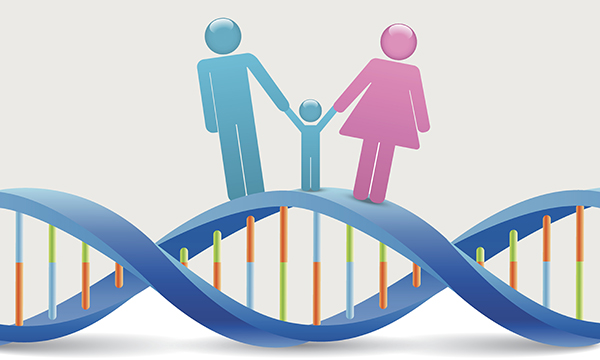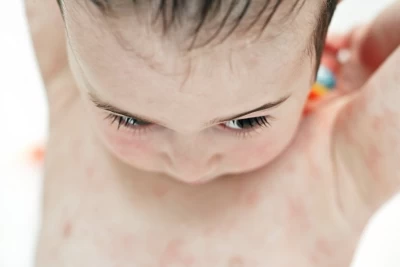Biological basis of child health 1: understanding the cell and genetics

Resource
Exclusive quality-assured learning resource
Online

Available to RCNi Plus subscribers
Applicable for any nurse with an RCNi subscription
This article is the first of a series that outlines the fundamental aspects of the biological basis of child health. Cells and genes are the basic units of life. Therefore, it is essential that nurses have knowledge of how cells function to understand normal physiology and pathophysiology, and how specific conditions are inherited.
This article describes the components of the human cell, detailing their structure and function. It also discusses genetics, providing examples of inherited diseases including those caused by mutations that affect specific components of the cell. The aim is to provide children’s nurses with an accessible introduction to cell biology and genetics linked to their clinical practice.
Who is this resource for?
This resource is aimed at nurses and nursing support workers across all settings and levels of practice, including students of health, social work and care professions.

 ;
;